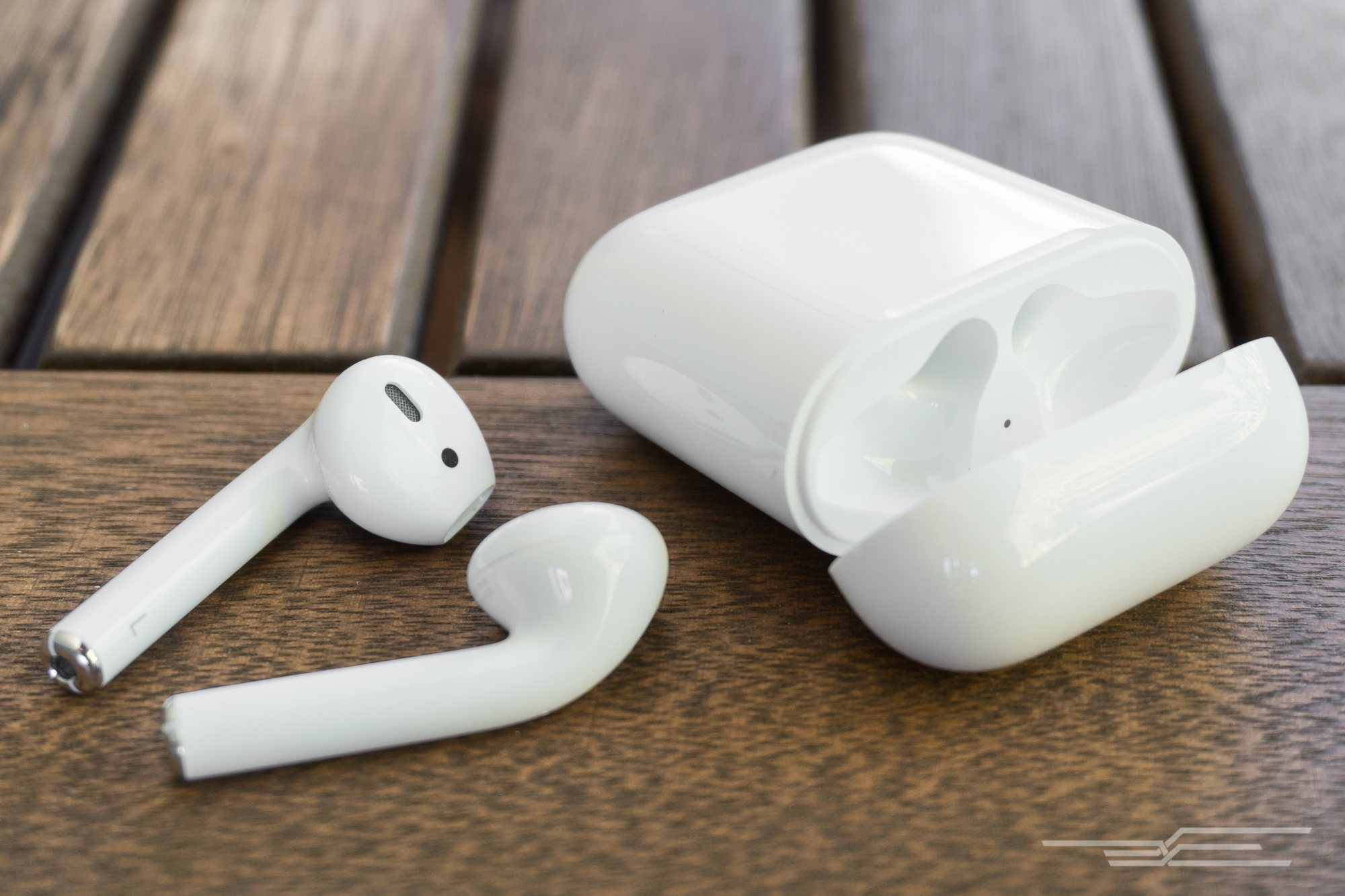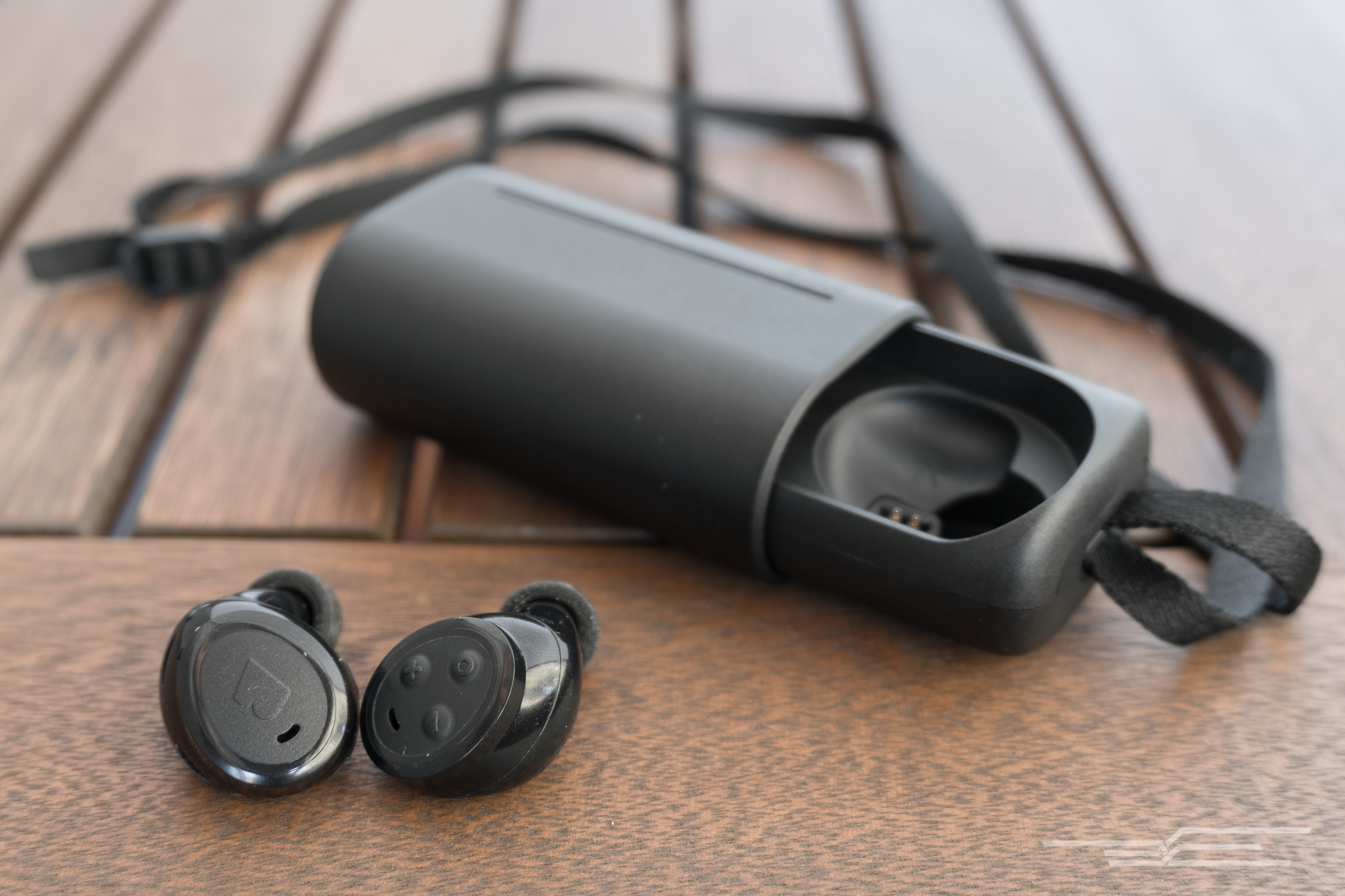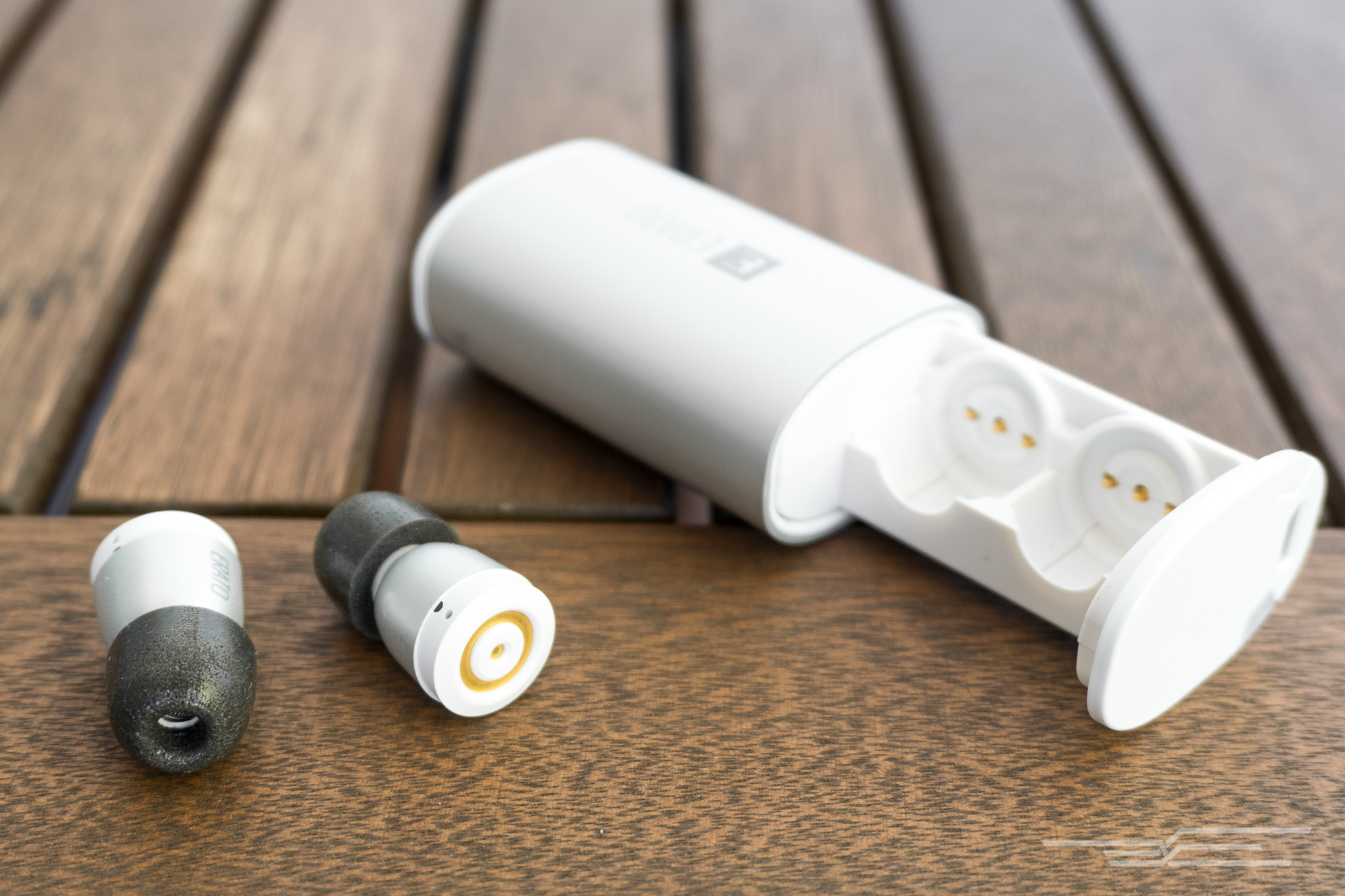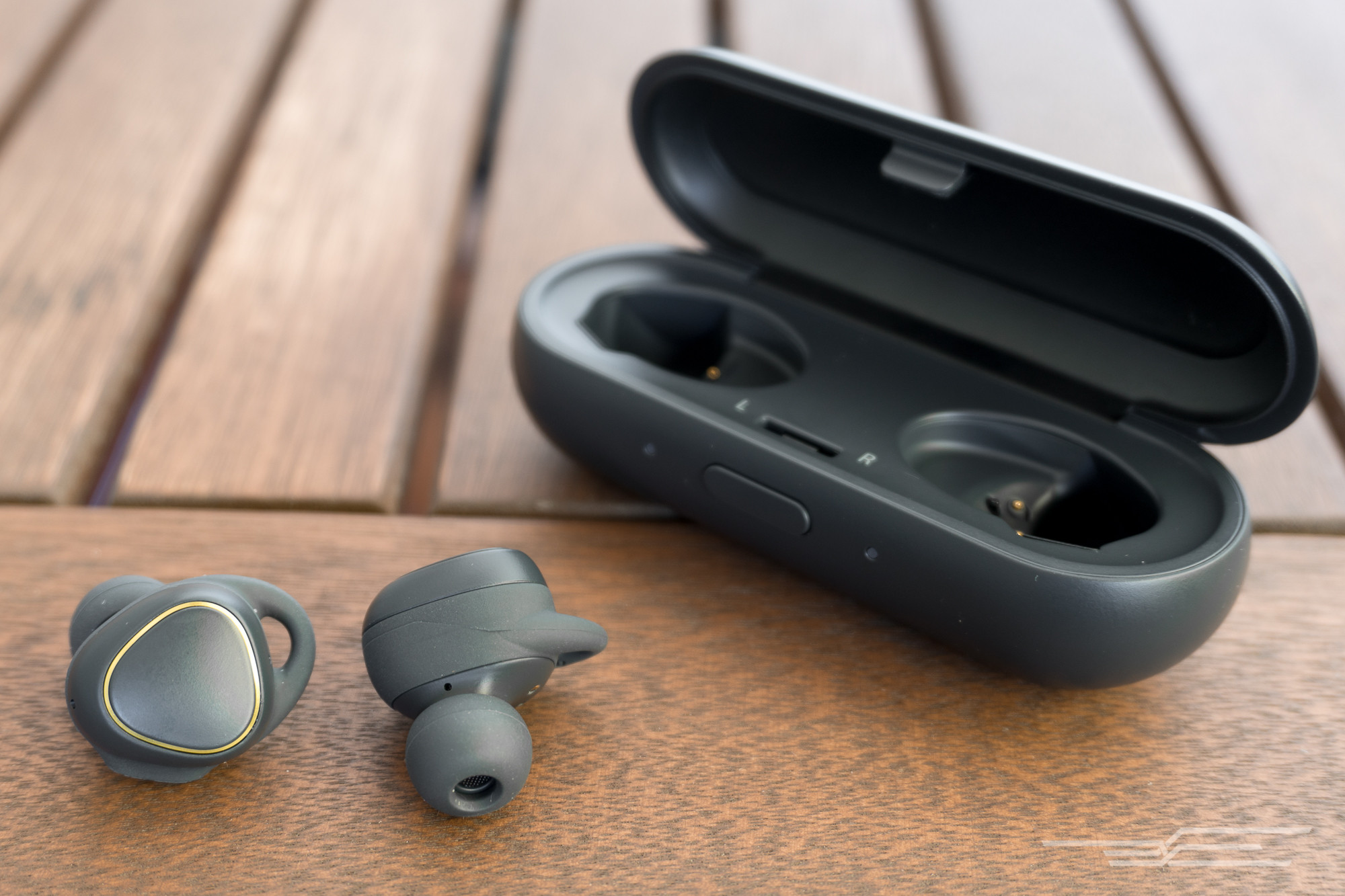What are “true wireless” headphones, and who are they for?
In case you’re unfamiliar with the technology, “true wireless” headphones are in-ear Bluetooth headphones that don’t have a cord connecting them either to your music device or to each other. Many look a little like hearing aids, held in place similarly to earplugs. Mics and any controls are built in, because no cable is available to support a traditional in-line remote. Due to diminutive size, most don’t have more than a five-hour battery life. However, most can recharge in their carrying case, generally taking around 20 minutes to charge for an hour of listening.
Right now, we recommend true wireless headphones only for early adopters. Though one model offers speech enhancement, and a few that auto-pause when removed from your ear, as of now, other than the lack of a cable running behind your head, true wireless headphones provide no real advantages over standard in-ear Bluetooth headphones. Most cost at least $100 more than traditional Bluetooth headphones but don’t upgrade the sound, battery life, or available features.
But if you really hate that cord, or if you just want to be the first to try something new, true wireless headphones are sure to be the future—eventually. It just might take a little while before they develop into something most people will be happy using.
Best for iOS and phone calls

Pros:
- Of all the headphones we tested for this guide, the AirPods are by far the easiest to set up and use with Apple products. (They will pair with non-Apple devices, too, just not as seamlessly.)
- Apple’s proprietary W1 chip does seem to give the AirPods better connectivity. The AirPods use a combination of microphones and jaw movement to detect when you are speaking, so phone calls sound great to the person on the other end.
- The fit is pretty comfortable—AirPods feel just like corded EarPods.
- The latency delay when watching video is nearly nonexistent.
Cons:
- Like corded EarPods, AirPods are unsealed and lack any low bass. At more than $150, we’d like better sound.
- Only one control can be assigned to AirPods: either play/pause or triggering Siri (you have to choose just one). Everything else (e.g., volume, track skipping) must be done via your phone, Apple Watch, or voice commands. “Hey Siri” does work, but can feel awkward in public.
- Though Apple claims that AirPods are designed to take the same stress as EarPods, neither is rated for sweat or water resistance, so we wouldn’t use these headphones for serious exercise. If they break because of sweat exposure, you might void the warranty.
- Because AirPods are not noise-isolating, you will need to listen at a higher volume in busy environments, and that can be bad for your hearing health.
Best for the money

Pros:
- Bragi’s The Headphone have easy-to-use controls let you adjust volume, change tracks, and issue voice commands.
- Only a very slight delay when watching video.
- One of the more affordable true wireless headphones available.
- Sweatproof design.
- Awareness mode lets you hear your surroundings without removing the earbuds.
Cons:
- The sound quality is similar to that of $50 corded in-ears, but with diminished low frequencies.
- The physical buttons are tough to push, so you end up jamming the earbud into your ear every time you need to toggle something, which gets uncomfortable.
- The tips go deeper into the ear canal than those of most earbuds, which can be a dealbreaker for people who find that sort of fit uncomfortable.
Best sound

Pros:
- The Erato Apollo 7 earbuds have great sound quality—balanced and clear, with a nice low end. Overall they sound like a good $100 pair of corded in-ear headphones.
- The simple button controls allow for track changes, volume adjustments, and voice commands.
- In our testing, these headphones tied with the Apple AirPods for the longest range.
- The traditional fit will be comfortable for the most ear shapes.
- Sweatproof design, with an IPX5 rating.
Cons:
- The Apollo 7 is the most expensive of the headphones in this category.
- They produce a nearly half-second latency delay when watching video.
- We didn’t love the microphone. Callers may think you sound distant.
Best for Android (but really just Samsung devices)

Pros:
- The Samsung Gear IconX offer decent sound, probably on a par with that of $70 corded in-ear headphones, although treble spikes give consonants and strings an icy edge.
- The fit is mostly comfortable and secure for most ear types.
- Touch-sensitive volume, track, and voice-command controls mean you don’t have to press the earbud uncomfortably into your ear to use controls.
- You can upload music to the IconX headphones themselves, so you can listen without bringing along your music player or phone.
- Sweat-resistant design.
Cons:
- The touch controls are easy to bump and activate accidentally when adjusting the IconX earbuds in your ears.
- When connecting to a device, you can accidentally trigger the songs uploaded to the earbuds themselves, which can get really annoying.
- All of the fitness features work only on Samsung devices.
- In our testing, the heart-rate monitors were hit-or-miss in accuracy.
- The range is very short; we could get only one room away from our source device before signal drop began to occur.
- You can’t power these headphones off without putting them in their case.
- The fit can get fatiguing after a few hours.
This guide may have been updated by The Wirecutter. To see the current recommendation, please go here.
Note from The Wirecutter: When readers choose to buy our independently chosen editorial picks, we may earn affiliate commissions that support our work.




